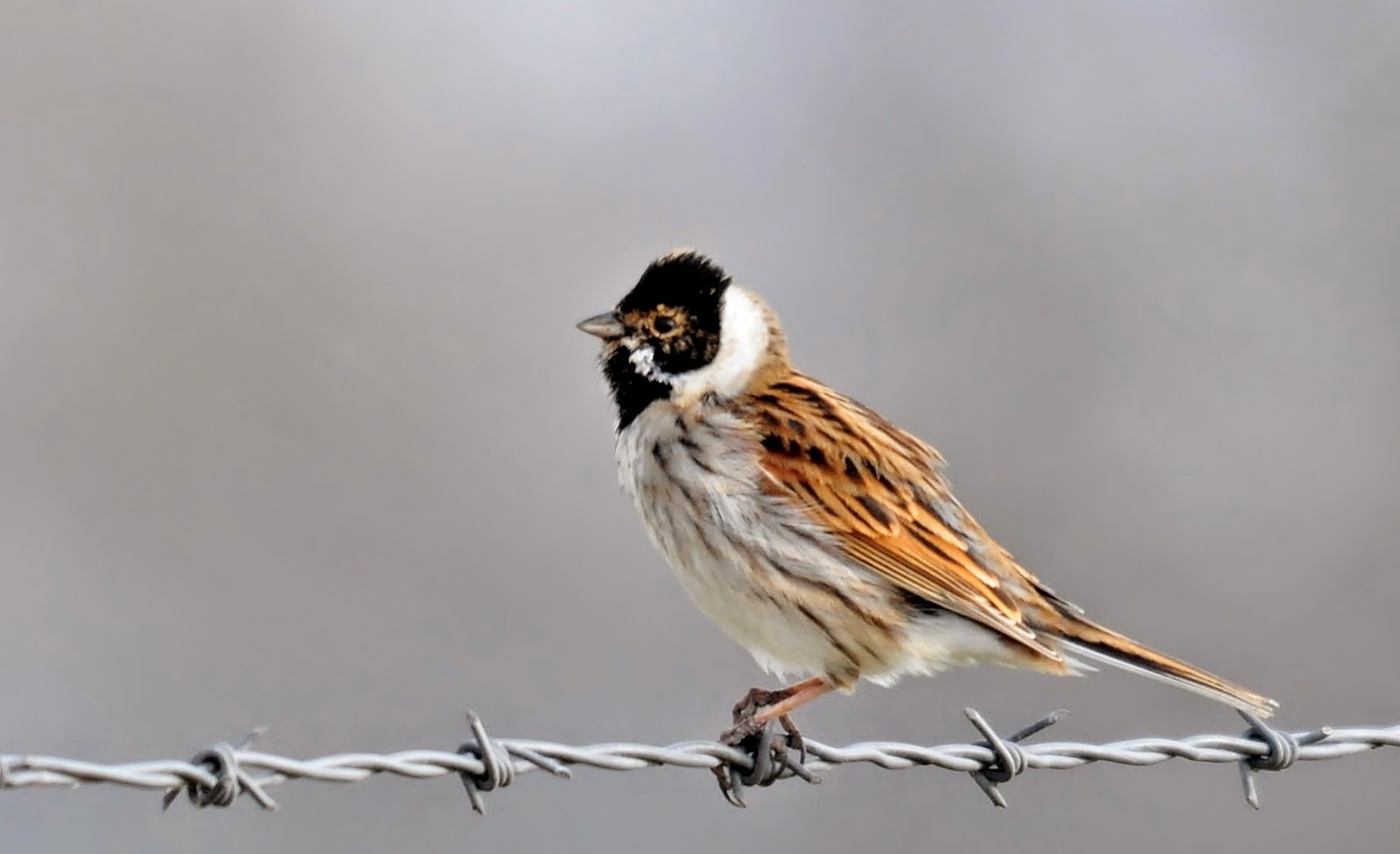The build up of birds was quite quick over a fifteen minute period with small and large parties of additional birds arriving from all quarters, unlike last eve quite a large proportion of the flock went to roost fairly quickly, amazing to see them dropping into the reed beds.
When the flock passed overhead the sound of the air flowing over the wings of so many birds was phenomenal as was the noise from the reed beds when the roost was full just before I left.
A friend of mine and Kettering based naturalist and videographer Graham Barker took some excellent video footage which can be seen via the following link.
https://www.youtube.com/watch?v=r8EVX0S6zx8&list=UUdnkA291eJwVwxPOpqI8bnA
An early gathering
Getting better
Quite a dense formation
A stream of birds dropping in ......
And a fine sunset to finish the experience
.jpg)
.jpg)
.jpg)
.jpg)
%2B(640x425).jpg)
.jpg)
.jpg)
.jpg)





.jpg)
%2B-%2BDSC_7432.JPG)
.jpg)

.jpg)

.jpg)
.jpg)
.jpg)
.jpg)
.jpg)






















.jpg)
.jpg)

.jpg)